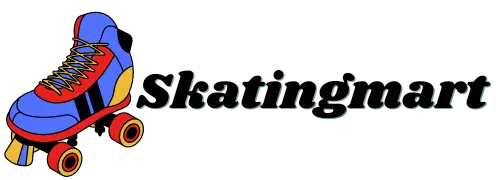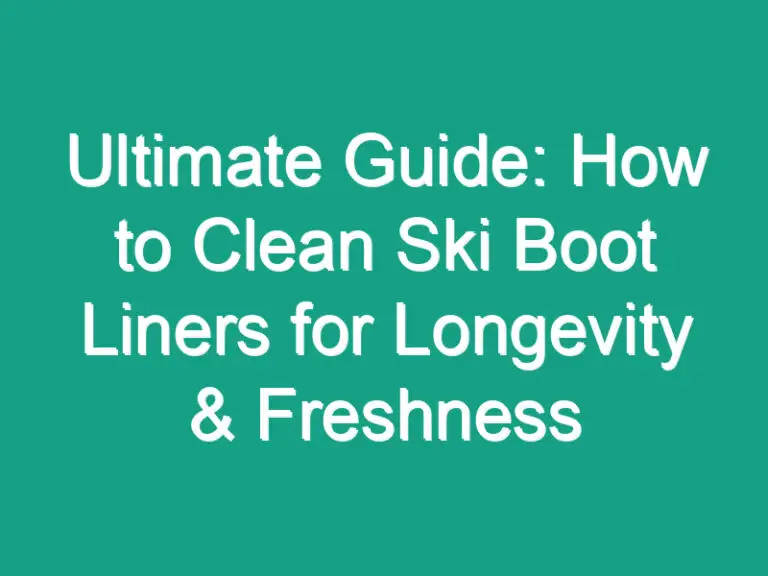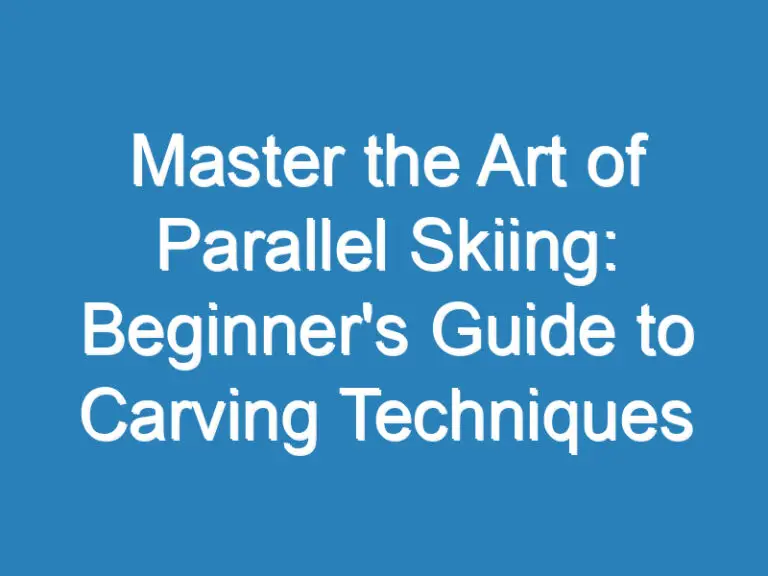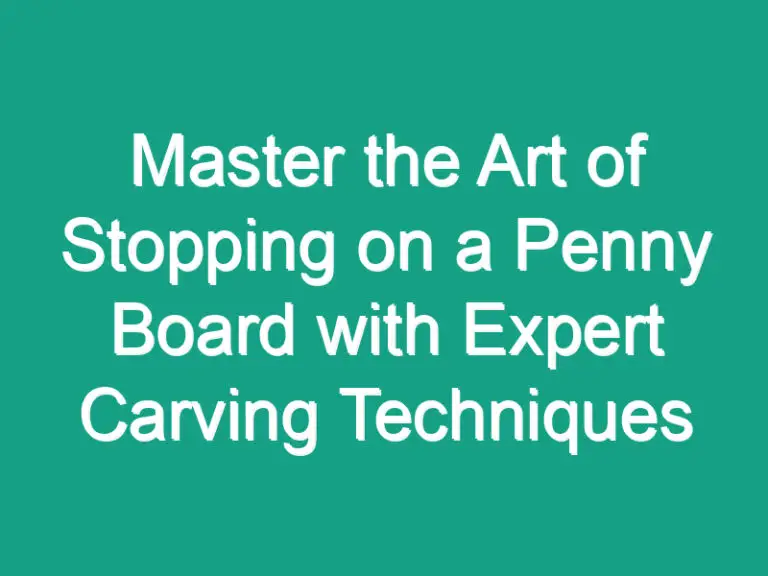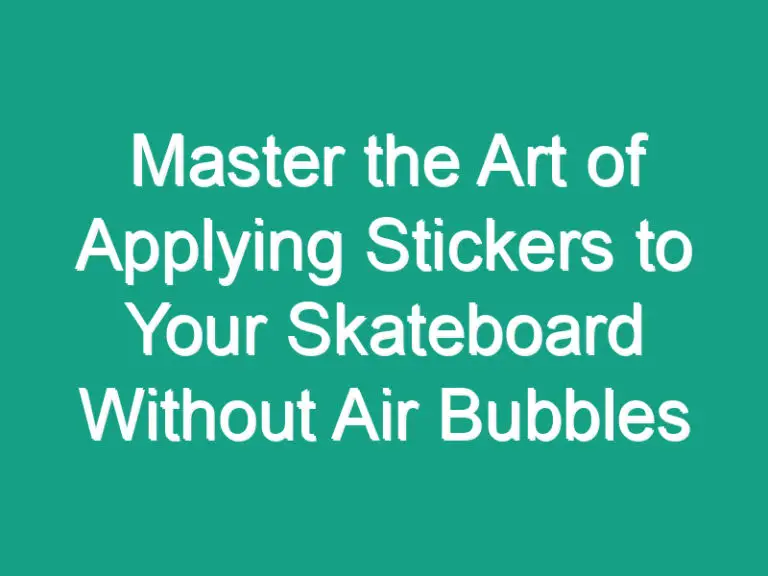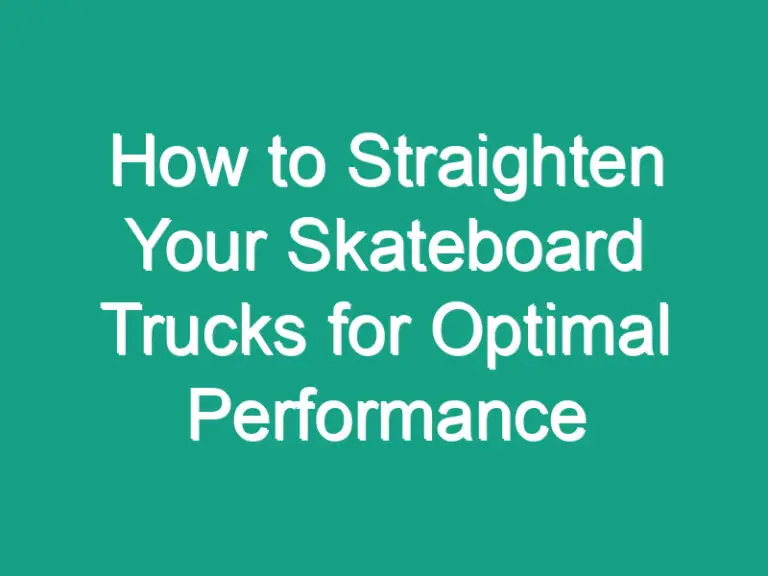
Are you tired of your roller skate toes getting scuffed up? I’ve got you covered! In this article, I’ll show you how to make custom toe guards that are not only protective but also stylish. Your skates will thank you for this extra touch of care and personality.
With just a few simple materials and some creativity, you can create toe guards that will keep your roller skates looking fresh and prevent wear and tear. Say goodbye to worrying about scuffs and scratches on your favorite pair of skates. Let’s dive in and get crafty with this fun and practical DIY project.
Key Takeaways
- Gather the right materials such as rubber or leather, scissors, glue, decorative elements, and markers before starting to make custom toe guards for roller skates.
- Choose a design that aligns with your personality, style, and theme while balancing aesthetics with functionality and proper fit on your roller skates.
- Measure accurately and cut the fabric precisely to ensure well-fitted and professional-looking toe guards for your roller skates.
- Sew the toe guards using strong nylon thread, backstitching at the start and end of each seam to secure the stitches, and consider adding decorative stitches or embellishments for a personalized touch.
- Attach the toe guards securely by cleaning the toe area of the skates, using a high-quality adhesive, pressing firmly, and allowing sufficient drying time for a lasting bond.
Gather Materials
When making custom toe guards for roller skates, it’s essential to gather the right materials. Here’s what I recommend you grab before diving into this fun DIY project:
- Rubber or leather material: Opt for a sturdy yet flexible material like rubber or leather that will provide excellent protection for your roller skates.
- Scissors: A good pair of scissors will come in handy to cut the material to the desired shape and size.
- Glue or adhesive: You’ll need a reliable adhesive that can withstand wear and tear to attach the guards securely to your skates.
- Decorative elements: Get creative with decorative elements like stickers, rhinestones, or fabric patches to add a personal touch to your toe guards.
- Marker or pen: Use a marker or pen to outline the shape of the guards on the material before cutting them out.
- Optional: Paint or markers: If you want to customize the color of your guards, consider using paint or markers to add a pop of color.
Ensure you have all these materials on hand before you start crafting your custom toe guards. It’ll make the process smoother and more enjoyable.
Choose a Design
When it comes to making toe guards for roller skates, one of the most exciting parts is choosing a design that reflects your personality and style. Here are some tips to help you decide on the perfect design:
- Personalization: Consider incorporating colors and patterns that resonate with you. Whether you prefer bold and vibrant hues or a more subtle and understated look, make sure the design aligns with your aesthetic preferences.
- Theme: Think about any specific themes or motifs that inspire you. Whether it’s retro vibes, nature elements, or geometric patterns, selecting a cohesive theme can tie the design together.
- Practicality: While aesthetics are essential, don’t forget about functionality. Opt for a design that not only looks great but also provides adequate protection and durability for your roller skates.
- Size and Shape: Keep in mind the size and shape of your roller skate toe box when choosing a design. Ensure the guards fit securely and don’t impede your movement on the rink.
- Personal Touch: Don’t be afraid to get creative and add a personal touch to your design. Whether it’s adding initials, a favorite quote, or a unique symbol, infusing your personality into the toe guards can make them truly one-of-a-kind.
Measure and Cut Fabric
When making toe guards for roller skates, the first step is to measure the area of the skates where you want the guards to go. Accuracy is key to ensure a proper fit.
Next, I lay the fabric flat and measure according to the dimensions obtained from the skates. It’s essential to leave a bit of extra fabric to allow for adjustments and sewing.
Once I have the measurements, I use sharp fabric scissors to carefully cut the fabric to the desired size. Precision is crucial here to avoid uneven edges and ensure a clean look.
I find that using a rotary cutter and a cutting mat can make this step more manageable, especially when working with thicker fabrics. It helps me achieve straight and accurate cuts effortlessly.
Remember, taking your time with measuring and cutting will pay off later in the process. Attention to detail in this stage will result in well-fitted and professional-looking toe guards for your roller skates.
Sew the Toe Guards
When sewing the toe guards for roller skates, I recommend using a strong nylon thread for durability. Remember to backstitch at the beginning and end of each seam to secure the stitches. Here are the steps I follow to sew the toe guards effectively:
- Position the fabric: Place the fabric pieces together with the right sides facing each other to ensure a neat finish.
- Sew along the edges: Use a sewing machine or needle and thread to stitch along the edges, leaving one end open for turning the guards inside out.
- Turn the guards: Carefully turn the guards inside out to reveal the right side of the fabric.
- Press and topstitch: After turning, press the guards with an iron for a crisp look. To finish, topstitch around the edges for a clean and professional appearance.
To enhance the aesthetic appeal of the toe guards, consider using decorative stitches or adding embellishments like sequins or patches. These personalized touches can make your roller skate toe guards stand out and reflect your unique style.
Attach Toe Guards to Roller Skates
When it comes to attaching toe guards to roller skates, it’s crucial to ensure a secure and lasting hold. Here are the steps I follow to attach toe guards effectively:
- Prepare the roller skates by cleaning the toe area: Remove any dirt or debris that could affect the adhesion.
- Position the toe guards on the skates: Place them in the desired location and ensure they are aligned correctly.
- Use a strong adhesive: Opt for a high-quality adhesive that can withstand wear and tear.
- Press firmly and hold in place: Apply pressure to the toe guards to ensure a strong bond with the roller skates.
- Allow sufficient drying time: Follow the manufacturer’s instructions for the adhesive to set properly.
By following these steps, you can securely attach toe guards to your roller skates, providing added protection and personal style without compromising durability.
Conclusion
Creating custom toe guards for roller skates is a fun and rewarding DIY project that allows you to showcase your unique style while protecting your skates. By following the steps outlined in this guide, you can craft toe guards that are not only durable but also personalized to your taste. Remember to use strong materials and techniques for long-lasting results. Adding decorative touches can make your toe guards stand out on the rink. With proper attachment using a reliable adhesive and attention to detail, your roller skates will be both stylish and well-protected. Enjoy the process of making your toe guards and skating confidently knowing you’ve added a touch of individuality to your gear.
Frequently Asked Questions
1. What materials are recommended for sewing custom toe guards for roller skates?
Using strong nylon thread is recommended for durability when sewing custom toe guards for roller skates.
2. What stitching technique should be used for sewing custom toe guards?
Backstitching should be used for sewing custom toe guards to ensure a secure and sturdy finish.
3. Can decorative stitches or embellishments be added to custom toe guards?
Yes, adding decorative stitches or embellishments can personalize custom toe guards for a unique touch.
4. How should toe guards be attached to roller skates?
To attach toe guards to roller skates, use a strong adhesive, clean the toe area, position guards correctly, apply pressure for a secure bond, and allow sufficient drying time.

Hi, This is Roasalin, I have loved Skating since my early childhood days, and here I share my experiences and tips for beginners who want to turn into pro skaters. I hope you find it useful. you can contact me here
